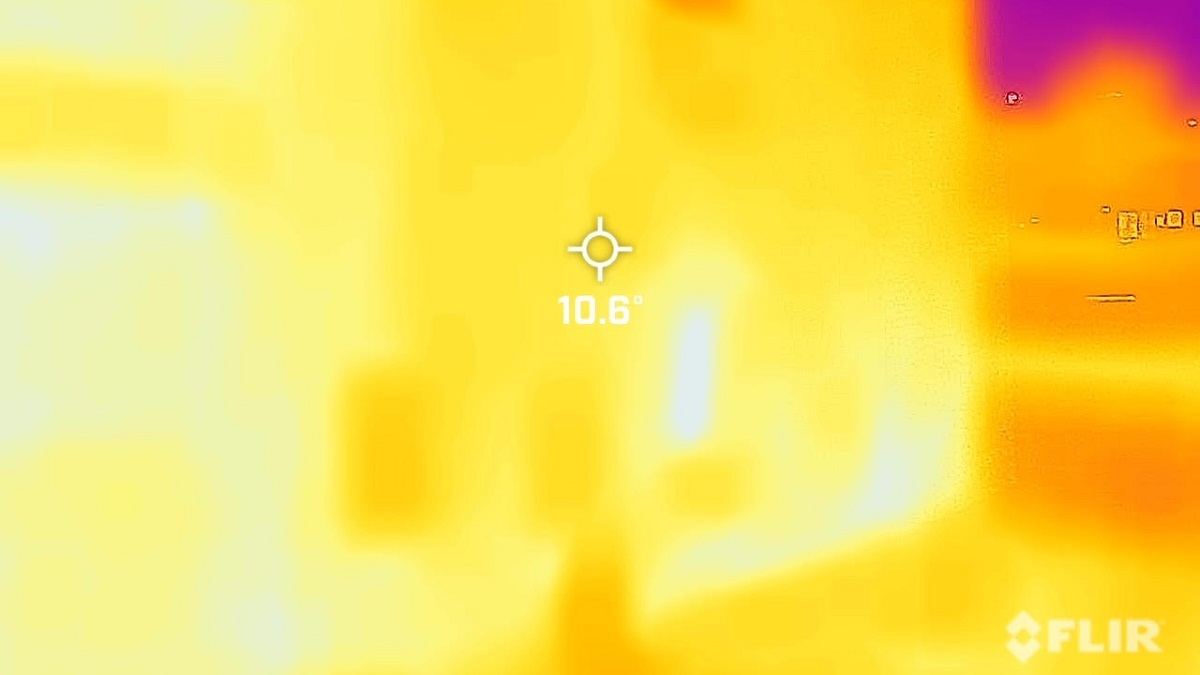Considering how much gas and electricity bills have risen thus year, I’m pretty sure most people are looking nervously at the forecasts for a cold, early start to winter and wondering how they can save energy without freezing. The government has been encouraging us to insulate and draught-proof our homes for years, and modern buildings are generally pretty well insulated, but there’s a big thing most of us are missing – windows.
Almost all new windows are double-glazed, and that does a lot to keep heat in, but it’s not a perfect solution. Double-glazed windows still let a lot more heat through than an insulated wall does. Look at a house through a thermal camera and you’ll be amazed how much heat escapes through the windows.
The good news is that windows don’t have to be so transparent to heat. Low-emissivity (“low-E”) glass only allows a fraction of the heat through, compared to normal glass. Standard window glass has an emissivity of 0.84; low-E glass is usually below 0.15 and can be as low as 0.03, so almost all the heat that would have escaped through the window is reflected back into the room instead.
If you want low-E windows, you have two options. One is to have your window glass replaced with low-E units, which have a coating applied to the inside. The other is to keep your existing glass and have low-E film fitted. Both options have their advantages, but which is best for you?
Low-E Glass
The ideal option is to have your windows fitted with Low-E glass. This has a heat-reflective coating applied at the factory.
Pros
● Because the coating is applied in a clean factory environment it’s hard-wearing and won’t have any foreign objects trapped in it.
Cons
● The cost of Low-E glass is very high. It can take over 20 years for it to pay for itself in reduced energy bills.
● Low-E glazing units might not fit in your existing window frames, so you’ll need to consider the cost of new frames too.
● Installation of Low-E glass is very disruptive, especially of your frames need replaced. It can take days of work and cause a significant mess.
Low-E Window Film
The other option is to have heat-reflective film fitted to the inside of your windows. This gives the same energy-saving effect, without having to replace the existing glass.
Pros
● Low-E window film is much more affordable than new glass.
● Window film can be fitted to any windows, even if they’re non-standard shapes or sizes.
● Fitting the film is far quicker than replacing glass. It doesn’t require heavy equipment and won’t create a mess, so disruption is kept to a minimum.
Cons
● Window film isn’t quite as durable as coated glass, although high-quality films still come with a six to ten year warranty.
● Because the film is fitted in your home, it’s not absolutely dust-free like a factory clean room. It’s possible there will be some visible air bubbles or dust particles caught between the film and glass, although as qualified installers we will keep these down to the point they’re almost undetectable.
What’s Best For You?
Either Low-E glass or window film will give you huge energy efficiency benefits, but film is a much more economical option that’s also quicker and easier to install. If you’re having a new home built, or you’re replacing your windows anyway, getting Low-E glass fitted probably makes sense. Otherwise, for most people, professionally fitted window film will give almost identical results with much less expense and disruption.
We are professional installers of this type of window film. Please feel free to get in touch if you are thinking of this type of installation.

